Staying active becomes increasingly important to maintain strength, flexibility, and overall well-being as we age. However, the risk of joint pain or injury for older adults can make traditional workouts feel daunting. That’s where joint-friendly workouts for older adults come in—designed to reduce impact while offering significant health benefits. These exercises help to keep the body moving without putting undue stress on the joints, making them an ideal solution for seniors looking to stay fit without discomfort.
Joint-friendly exercises provide a perfect balance, whether new to exercise or seeking a gentler alternative to high-impact workouts. These activities, from water aerobics to chair yoga and resistance band training, enhance mobility, strength, and flexibility while safeguarding joint health. Discover how these low-impact, joint-friendly workouts can help older adults stay active, strong, and pain-free as they embrace a healthier lifestyle.
Protecting Joints While Staying Active
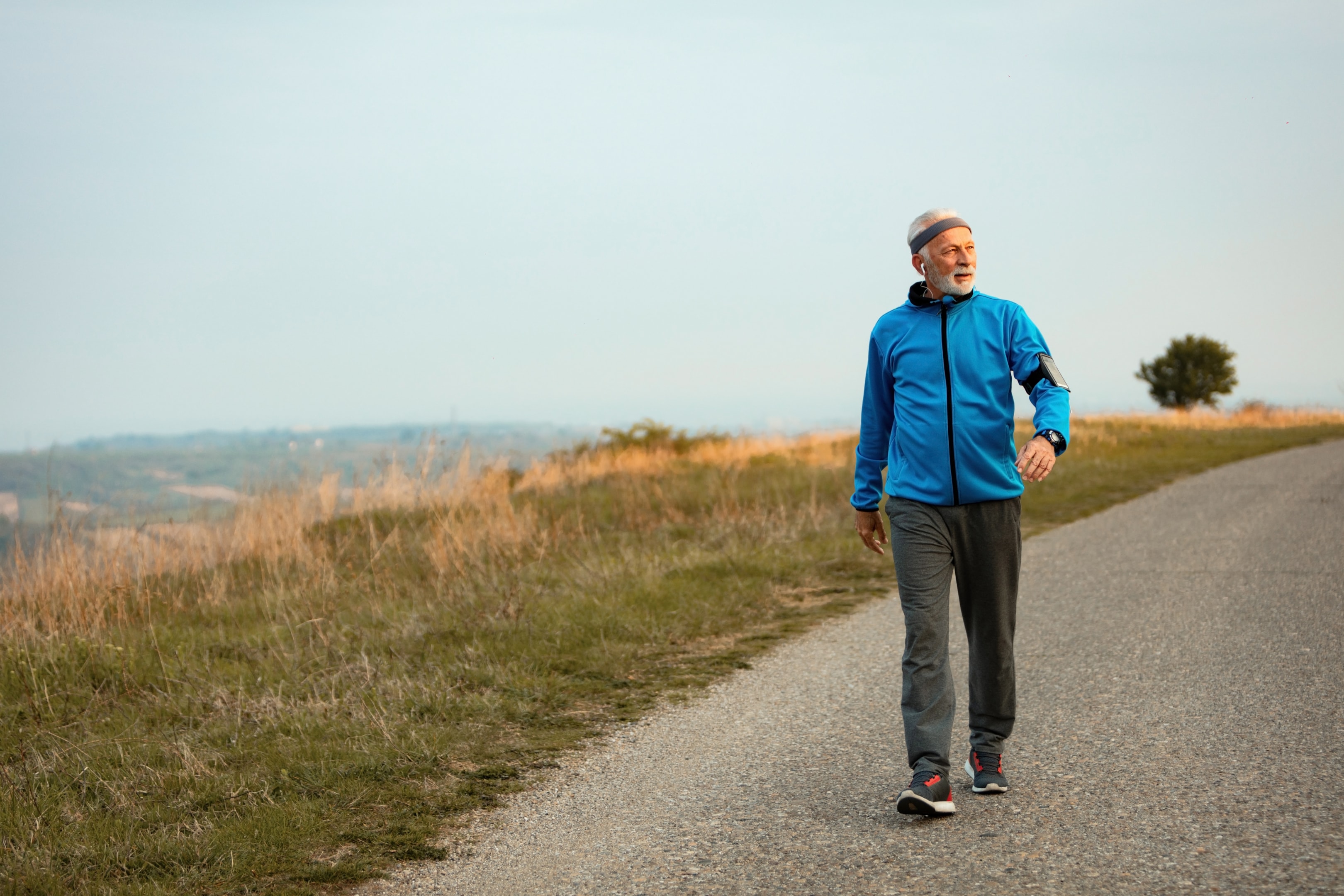
Staying active as you age isn’t just about keeping fit—it’s about living life to the fullest. Active aging is all about maintaining physical health while boosting mental well-being. Moving your body can improve your mood, help you sleep better, and even sharpen your thinking.
Incorporating joint-friendly workouts for older adults can greatly impact how you feel daily. Whether it’s easing those morning aches or giving you enough energy to tackle the garden, the right exercises can make a real difference. Plus, they help keep those joints moving smoothly without adding any strain.
Picking the right exercises is really important to protect your joints. You need exercises that complement your body’s needs and consider any specific issues you might have—like arthritis or an old injury. Getting it right means you can improve your flexibility, strength, and balance while ensuring those joints stay happy.

Key Highlights
-
Starting slowly with a proper warm-up is crucial for protecting joints and preparing the body for exercise. Simple movements like neck rolls and shoulder circles can significantly reduce the risk of injury.
-
Walking, swimming, and cycling provide excellent cardiovascular benefits while minimizing joint stress, ensuring older adults can stay active and healthy without pain.
-
Gentle resistance band exercises and body-weight workouts can help older adults maintain muscle strength and balance, improving mobility and reducing the risk of falls.
-
Incorporating exercises like gentle yoga, Tai Chi, and Pilates enhances flexibility, improves joint health, and supports balance—essential for overall well-being.
-
Water aerobics and swimming offer full-body workouts with minimal impact on the joints, making them an ideal option for seniors seeking a safe and effective way to stay fit.

Warm-Up for Success: The Importance of Starting Slow
First, before jumping straight into exercise, it’s important to warm up. Diving into a workout without preparing your body is like starting a race with your shoes untied. A proper warm-up gently transitions your body into exercise mode, increasing your heart rate and preparing your joints. Think of it as the appetizer before the main course.

Science Behind Warming Up
The science backs it up: warming up boosts circulation and prepares your muscles and joints, reducing the risk of injury. Even a few minutes can make a big difference. Plus, it’s a great opportunity to check in to see how your body feels on that day.
Warm-Up Exercises for Seniors
Simple warm-up techniques can be a game-changer. Start with easy movements like marching in place or arm circles. These prep your joints and gradually shift your brain from resting to active mode. It’s about gently coaxing those joints into action, not shocking them. Here’s a sample warm-up exercise routine for seniors, focusing on gentle movements and safety:
-
Neck Rolls: Gently roll your head in slow circles, first clockwise, then counter-clockwise. Repeat 5 times in each direction.
-
Shoulder Rolls: Roll your shoulders forward in circles 10 times. Roll your shoulders backward in circles 10 times.
-
Arm Circles: Extend your arms to the sides and make small circles forward 10 times. Reverse the direction and make small circles backward 10 times.
-
Leg Swings: Stand holding onto a chair or wall for support. Swing one leg forward and back gently 10 times. Repeat with the other leg.
-
Arm Swings: Stand tall and swing your arms forward and back 10 times.
-
Walking in Place: March in place for 1 minute, gradually increasing the pace.
Prepping your muscles is also key. Stretches like calf raises or shoulder rolls engage those muscles without overdoing it. This foundation is essential, especially for older adults, ensuring a safe and efficient transition into more intense exercises.
Here’s an additional video about warm-ups for seniors.
By: yes2next
Low-Impact Cardio: Boost Your Heart, Save Your Joints
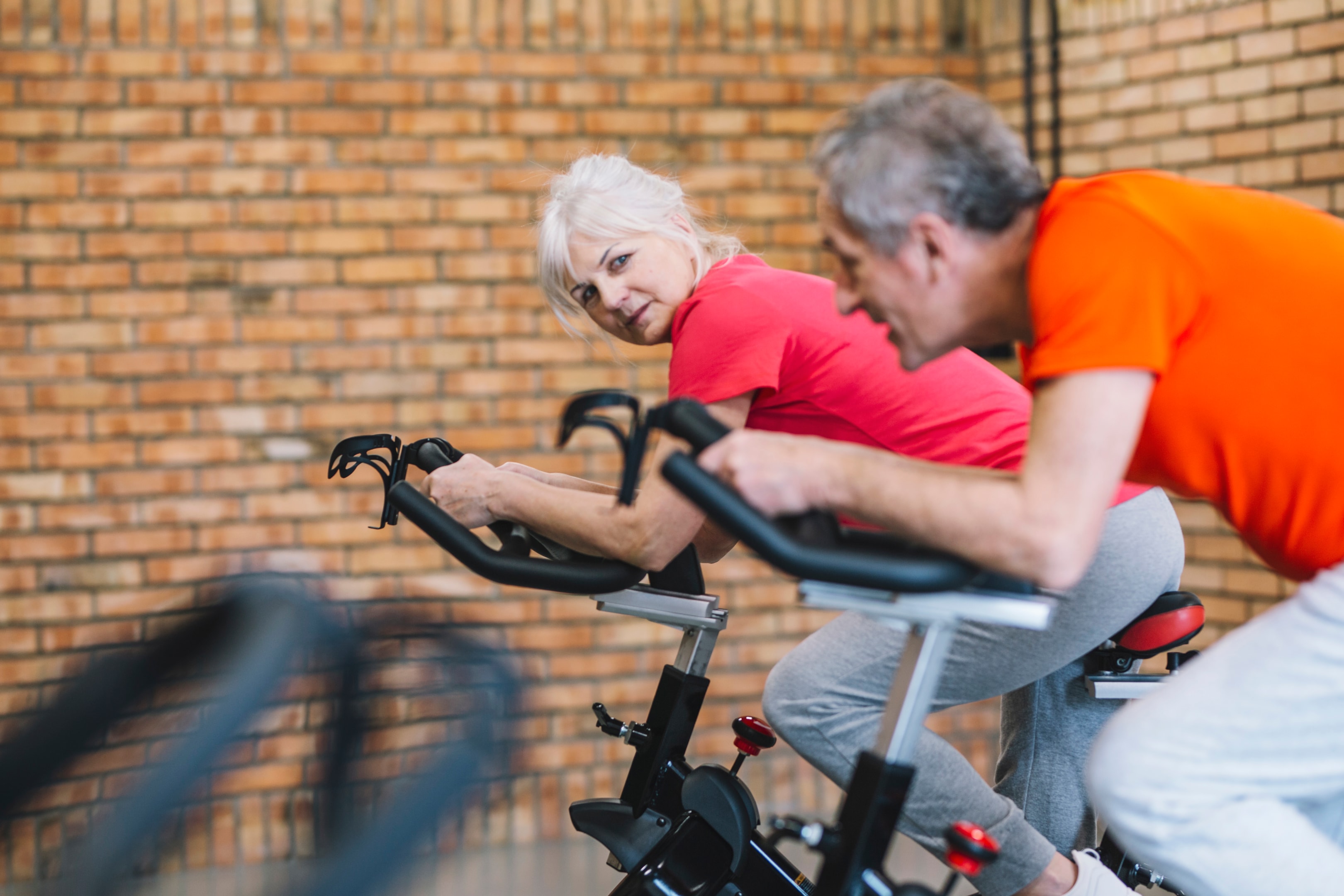
Cardio workouts don’t have to be high-intensity to be effective, especially for older adults. Joint-friendly workouts for older adults, like low-impact exercises, can get your heart pumping without adding stress to your joints, which is a win-win. Here are some great options to consider:
Walking
-
Benefits: Simple, accessible, and highly effective. It can be done anywhere at any time.
-
Tips: Mix up your pace and add inclines to increase intensity. Try brisk walking or include hills for a more challenging workout.
Cycling
-
Benefits: Provides smooth, flowing motion with minimal joint impact.
-
Options: Use a stationary bike, enjoy outdoor cycling, or use a recumbent bike for added support.
Swimming
-
Benefits: Offers a full-body workout with minimal impact thanks to water resistance.
-
Options: Lap swimming, water aerobics, or simply treading water are all excellent choices.
Low-impact workouts are comparable to traditional cardio routines in terms of benefits. They elevate your heart rate and improve cardiovascular health but come with the added perk of being gentler on your body. This means you can maintain consistency without the fear of overloading your joints.
Crafting a personalized routine is key to keeping things interesting and beneficial. Mix it up by alternating between walking in your local park, a leisurely bike ride around your neighborhood, or joining a local swim group. The variety will keep you engaged and motivated.

Move More, Think Sharper!
Strength Training: Enhancing Muscle Without Strain
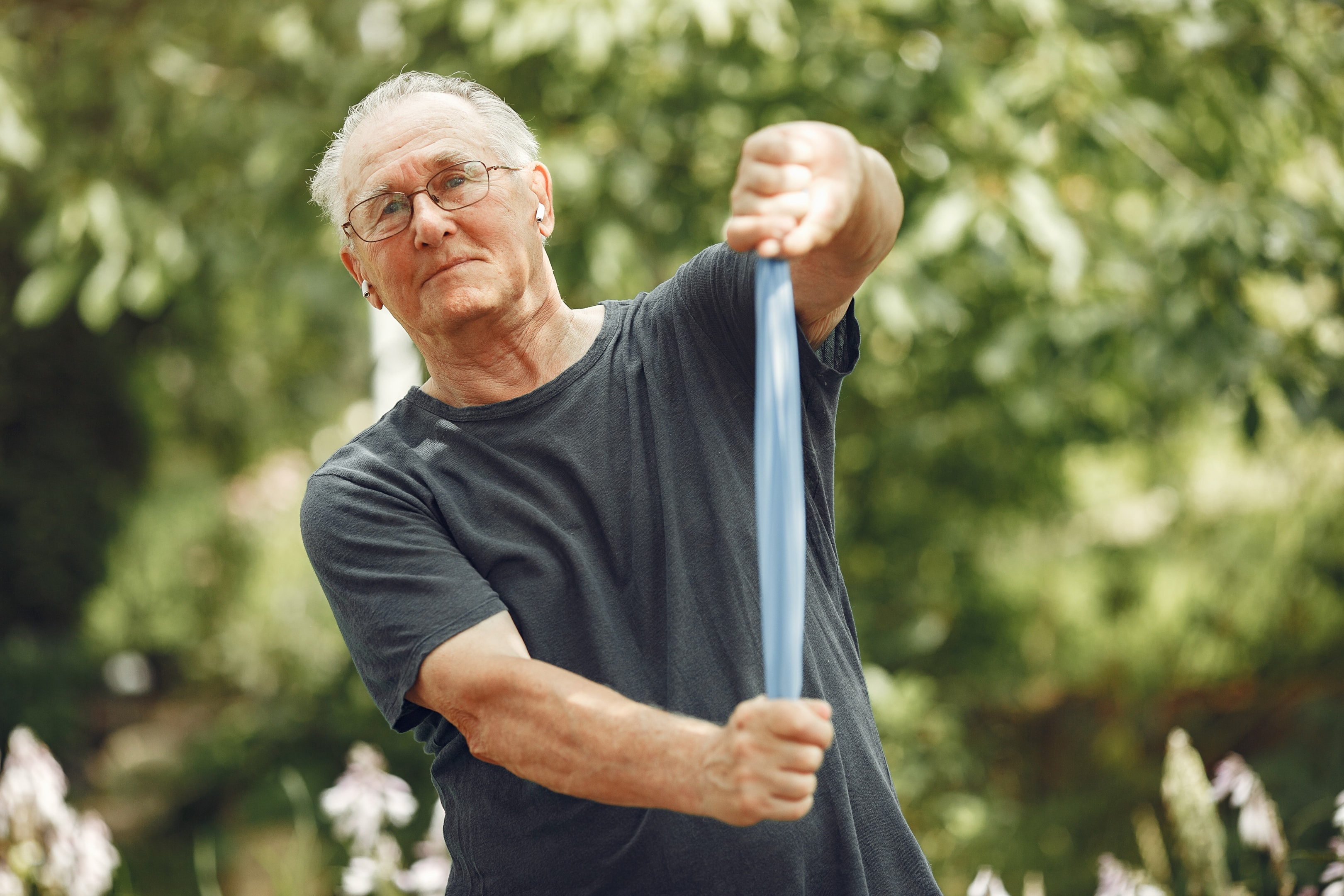
Strength training might sound intimidating, but it’s incredibly beneficial, especially as you age. As part of joint-friendly workouts for older adults, it’s not just about building big muscles—it’s about maintaining and growing your strength to help with everyday tasks.
Focus on Joint-friendly Exercises
Focusing on joint-friendly exercises is important. Resistance bands are a fantastic tool for this. They provide just enough challenge to build muscle without stressing your joints. Body-weight exercises, like gentle push-ups against a wall or seated leg lifts, are also a great choice.
Remember, safety first. Start with lighter weights or resistance and gradually build up as you feel comfortable. It’s also a good idea to learn proper form, by working with a trainer familiar with your needs.
Strength training can dramatically improve your quality of life, aiding in balance and coordination. This reduces the risk of falls, a common concern as we age. By integrating these exercises into your routine, you’re setting yourself up for greater independence.

Flexibility and Balance: Two Key Components of Joint Health
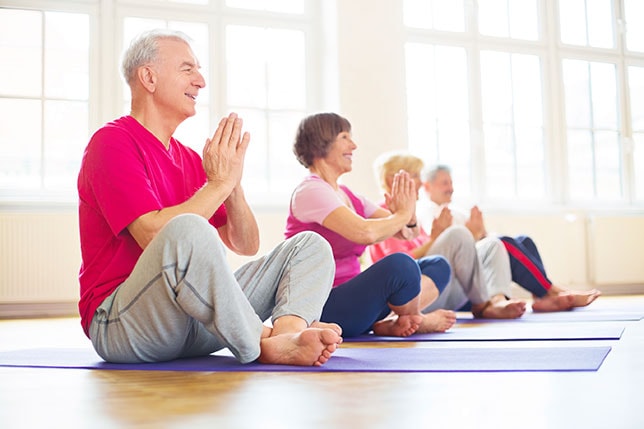
Flexibility and balance go hand-in-hand with maintaining joint health and overall well-being, especially through joint-friendly workouts for older adults. These areas can naturally decline as we age, but staying proactive makes all the difference. Here are some flexibility and balance exercises that are gentle on the joints:
Flexibility
-
Gentle Yoga: Many yoga poses can be adapted to accommodate varying levels of flexibility. Chair yoga is a wonderful choice for individuals with limited mobility.
-
Tai Chi: This ancient Chinese practice incorporates slow, flowing movements that enhance flexibility, balance, and coordination.
-
Pilates: Pilates emphasizes core strength and flexibility, focusing on controlled movements that are easy on the joints.
Range of Motion Exercises
-
Neck Rolls: Slowly rotate your head in gentle circles.
-
Shoulder Rolls: Roll your shoulders forward and backward in smooth motions.
-
Arm Circles: Extend your arms to the sides and make small, controlled circles.
-
Wrist Circles: Gently rotate your wrists in circular motions.
-
Ankle Circles: Rotate your ankles in smooth circles.
Balance
-
Heel-to-Toe Walking: Walk slowly, placing the heel of one foot directly in front of the toes of the other foot.
-
Single-Leg Stands: Stand on one leg briefly, using a chair or wall for necessary support.
-
Marching in Place: Lift your knees high while marching in place to improve stability.
-
Tai Chi Stances: Hold basic Tai Chi stances for short durations, concentrating on balance and stability.
Incorporating these exercises doesn’t require a complete lifestyle overhaul. Try adding a few balance exercises, like standing on one leg while brushing your teeth or practicing a brief yoga routine each morning. It’s about weaving these healthy habits into your everyday life to support long-term joint health.
Aquatic Workouts: Dive into Joint-Friendly Fitness
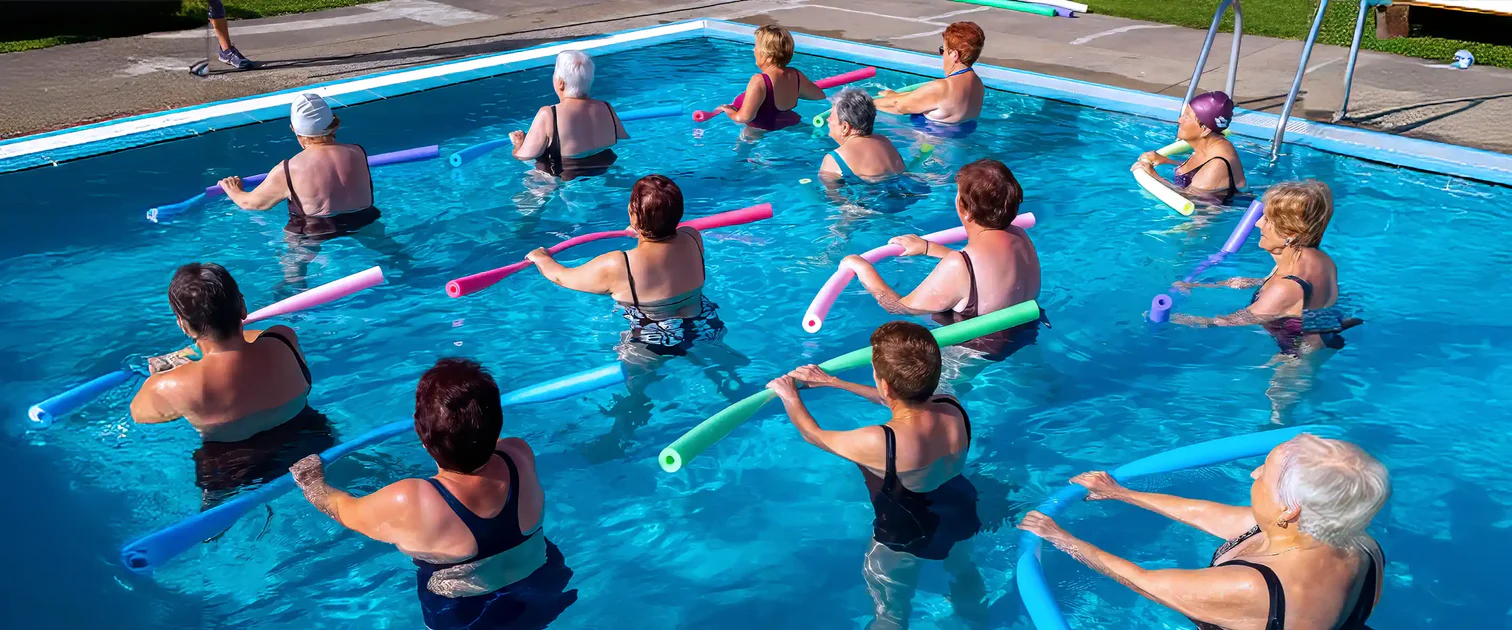
Aquatic workouts are a fantastic example of joint-friendly workouts for older adults who want to stay active while being kind to their joints. The buoyancy of water reduces the impact on your body, providing a cushion-like effect that makes exercising easier for older adults.
Supports Variety of Movements
Water exercises support a variety of movements that might be challenging on land. Aquatic aerobics, water walking, or even gentle swimming can offer a full-body workout without pressure on your joints. These workouts aren’t just about avoiding stress; they also help improve cardiovascular fitness, strengthen muscles, and increase flexibility. The benefits can be substantial, whether it’s a dedicated water aerobics class or simply treading water.

Find a Local Class
Finding a local class is an excellent way to begin. Many community centers and gyms offer sessions tailored for all levels, so you can start slowly and build up at your own pace. Alternatively, you can craft your routine at a local pool. Swimming isn’t just great for fitness; it also provides a sense of relaxation and mental calm. The soothing nature of water often makes these workouts feel less like exercise and more like a refreshing break.
Listen to Your Body: Signs, Adjustments, and Enjoyment
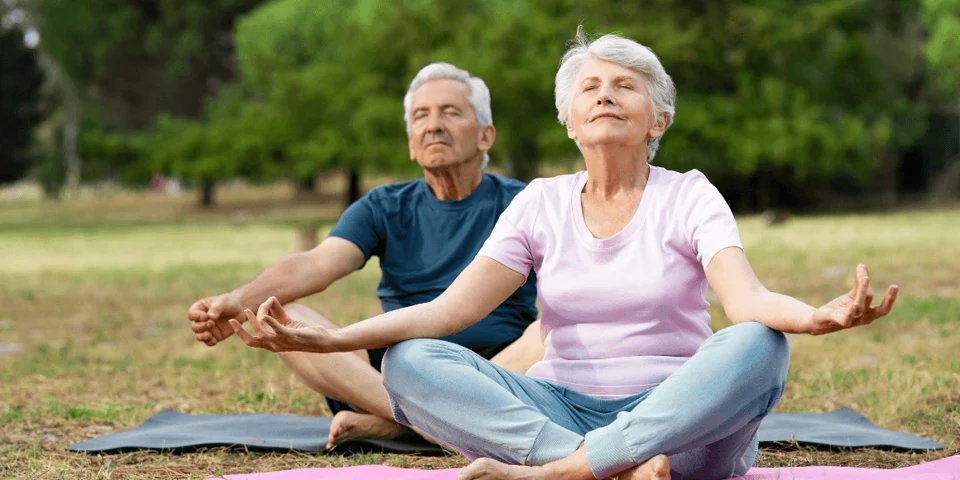
Recognizing the difference between pain and normal discomfort is crucial when engaging in joint-friendly workouts for older adults. Muscle soreness often follows a good workout, but sharp or persistent pain is a signal to stop and reassess.
Adjust your Routine
Adjusting your routine based on your body’s feedback is smart and necessary. If certain moves or positions cause discomfort, there’s usually a way to modify them. Listening to your body allows you to adapt workouts to better suit your needs, ensuring a safe and satisfying exercise experience.
Stay Motivated
Staying motivated can sometimes be challenging, but discovering joy in movement keeps you returning for more. Whether it’s the satisfaction of mastering a yoga pose, the rhythm of walking through a park, or the refreshing feeling after a swim, finding what makes you happy is key.
Exercise doesn’t have to be a chore. When you focus on what feels good and what makes your body stronger and more flexible, it becomes a part of your daily routine that you look forward to. Ensuring these things align with your needs and interests sustains long-term commitment and well-being.
Here’s an additional video about the benefits of exercise for seniors.
By: Senior Fitness With Meredith
Embracing Joint-Friendly Workouts for a Healthier, Active Lifestyle
Incorporating joint-friendly workouts for older adults into your routine is a game-changer, offering a pathway to maintaining strength, flexibility, and balance without putting undue stress on the joints. These exercises, whether low-impact cardio, strength training, or flexibility routines, provide a sustainable way to stay active and improve overall well-being as we age.

By warming up properly, focusing on low-impact movements, and listening to your body, you can reduce the risk of injury and enhance the benefits of each workout. From swimming and walking to strength-building exercises with resistance bands, there are countless ways to stay fit and healthy while protecting your joints.
Remember, consistency is key. Small changes, such as integrating a few minutes of joint-friendly exercises into your day, can significantly improve mobility and quality of life. So, take the first step today and embrace the benefits of a gentle yet effective workout routine that will help you live an active, healthy, and pain-free life.
FAQS

What Are Joint-Friendly Exercises for Seniors?
Joint-friendly exercises for seniors are low-impact activities designed to improve strength, flexibility, and mobility while minimizing joint stress. Examples include walking, swimming, cycling, chair yoga, and resistance band training.
How Often Should Seniors Do Joint-Friendly Exercises?
Seniors should aim for at least 150 minutes of moderate-intensity exercise per week, which can be broken down into 30-minute sessions five days a week. Listening to your body and adjusting the intensity based on personal comfort and physical ability is essential.
Are Joint-Friendly Exercises Effective for Pain Relief?
Yes, joint-friendly exercises can help alleviate joint pain by improving muscle strength, flexibility, and circulation. Activities like swimming, tai chi, and yoga can reduce stiffness, increase mobility, and relieve discomfort, especially for those with arthritis or chronic joint conditions.
Strengthen Your Stability, Live Independently
Balance and coordination are vital for everyone—especially seniors. These exercises are not just for athletes; they’re key to living an active, confident, and independent life. Whether you’re in your youth or enjoying your golden years, improving balance and coordination helps you tackle daily tasks with ease and supports long-term mobility.
Want to learn more? Join us for expert tips, reviews, and a supportive community on these essential skills!
- Explore our official site for valuable resources: Fit After 55
- Connect with our community on Facebook: Fit After 55 Facebook
Start building your foundation for a more stable tomorrow, today!

